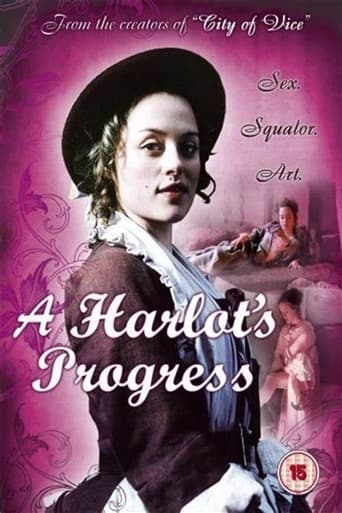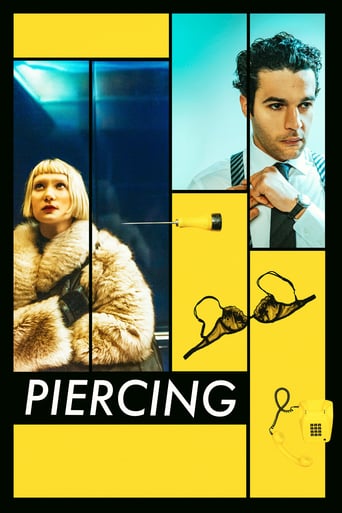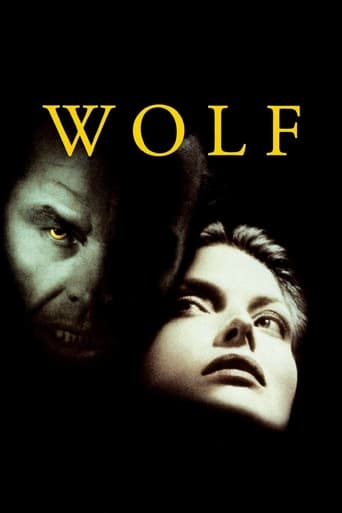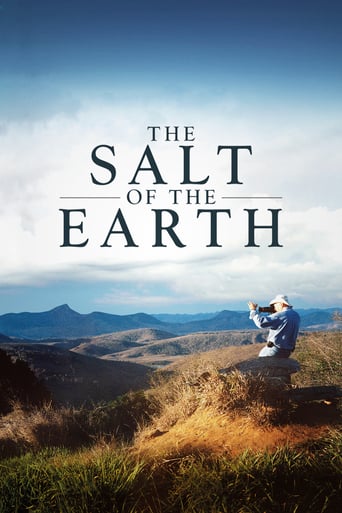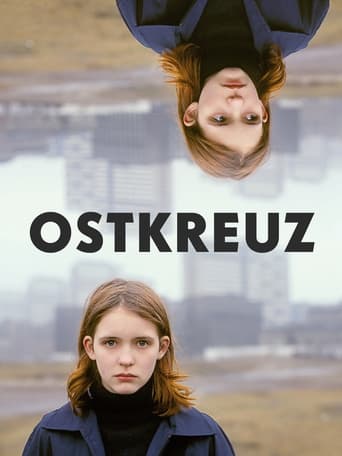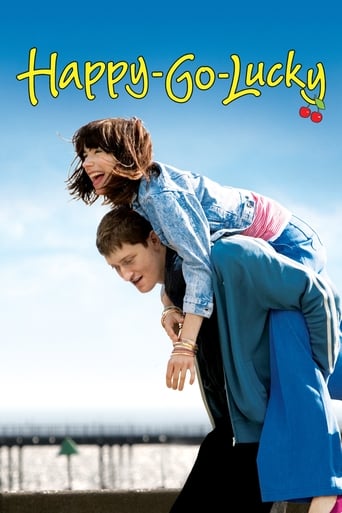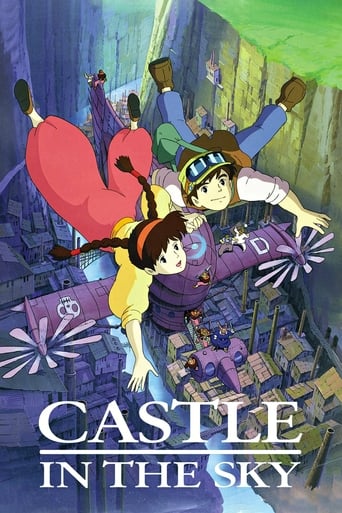A Harlot's Progress (2006)
Drama looking at artist William Hogarth and his relationship with the prostitute that inspired his most famous piece.
Watch Trailer
Cast


Similar titles
Reviews
So much average
People are voting emotionally.
From my favorite movies..
A different way of telling a story
Toby Jones is wonderful as Hogarth. This is a tightly focused and well-made movie. Jones portrays a stubborn and intensely idealistic Hogarth, without giving too much away of the man's psyche. His internal struggles and observations of the human condition are conveyed expressively, not with any overburdened dialogue or exposition. While we may never know the truth behind his involvement with the Harlot--was it simply a keen eye and vivid imagination, or was it something deeply personal on his part--this historical drama is emotionally entangling and one leaves it feeling vindication for Hogarth's artistic triumph. The subtle director's touch of adding the odd siren and audio of a current news report at the beginning of each segment that deals with precisely the same issues in this period drama is most effective, without being too clumsy or heavy-handed. Hogarth is such an awesome and modern man, in the subject matter of his artwork and sensibility, as well as the way he chose to disseminate it to a wide popular audience. This film also places him firmly in his historical context, one of great importance in the chronicle of lives chewed up and spat out in the modern city. We are still faced with rakes and harlots in our time--nothing has changed. The cautionary tale of avoiding a life of depravity is just as relevant as it was in 1730. Toby Jones really got me though, and I will be on the lookout for his work. He seems to be born to play period characters, and there should be no limit to the number of figures he can bring to life for us to learn from and enjoy.
My disappointing rating for this period piece is not altogether for the writing, as there were some bright spots in the writing as well as in some individual performances. However, it is my belief that it is the overall product in its completed form, replete with all of its many aspects, artistic and technical that establish what we hope will be ultimately a fulfilling viewing experience. A few historical inaccuracies can be tolerated in even some of the best period films, and this is no exception. It does have mistakes. And in the interest of entertainment, we are often expected to overlook sometimes excessive departure from actual historical record or that of an original authors work. And it does ask us to do that. But the straw that broke at least my back was the absolutely terrible audio control... or rather the absence of professional audio control. The narration when present, climbs high and dips low, climbs high and dips low, well you get it. In parts of the story, the background music all but blots out the narrative or immediate dialogue altogether, making one wish that English close captioning was provided in English to provide some small guide in following the plot progression. My hearing has checked out fine, and the speakers on my receiver can translate every slight nuance of even often unintelligible rock operas, but were of no assistance in following 'The Harlots Progress'.
As a hearing impaired person I was unable to follow the film due to the lack of close captioning or subtitles. Otherwise, the film was visually interesting and very similar to a recent film about Henry Fielding and his brother. The overall picture of early 18th century London was quite frightening - dog eat dog, with no consideration for the poor and starving, and yet there were some altruistic people around judging by such institutions as the foundling home. Toby ones was wonderful as always, but I do wish I could have known what he was saying. It was also good to enjoy a rare glimpse of Geraldine James and John Castle.
"A Harlot's Progress" uses fine acting, excellent costumes, interesting set design, hyper camera-work, and an inventive sound landscape to re-create a turbulent London of the 18th century. Unfortunately, the film is less novel in its approach to telling the story of an artwork. Hogarth's cycle of prints, from which the film takes its title, was most likely based on his general observations of a type of figure--the country girl who becomes a city prostitute--rather than a real person's life. Nothing in the series clearly individualizes the woman. But the movie, like many films before it, insists upon the idea that an artist can only paint scenes that he has personally witnessed. In the film, a friendship develops between Hogarth and a young, beautiful prostitute, and moments depicted in the print series are acted out, as the main characters' relationship quickly spirals toward predictability. The movie attempts to cast Hogarth as a 19th-century-style art rebel, while at the same time reducing him to "a good man" crusading for social reform. In actuality, Hogarth's prints are much more satirical and complicated than the movie portrays.Despite the fact that the plot is fictional, and in some ways disappointing, the film did sustain this viewer's interest. Several of the performances, such as Sophie Thompson's touching portrayal of Jane Hogarth, are quite compelling. Occasional subtitles give interesting--in most cases horrifying--facts of the time period, and the film makes good use of their shock value. (Though an "X-Files"-style typewriter font was probably not the best choice for these.) I would recommend this movie to those interested in 18th-century London, and in Hogarth's work--but take the story with a big grain of salt. Also note that many details of the artist's tools and methods are inaccurate--I was especially annoyed by his stub of a red chalk; artists of the time used sharpened chalks in holders. But the overall sense of place and time does convince.

